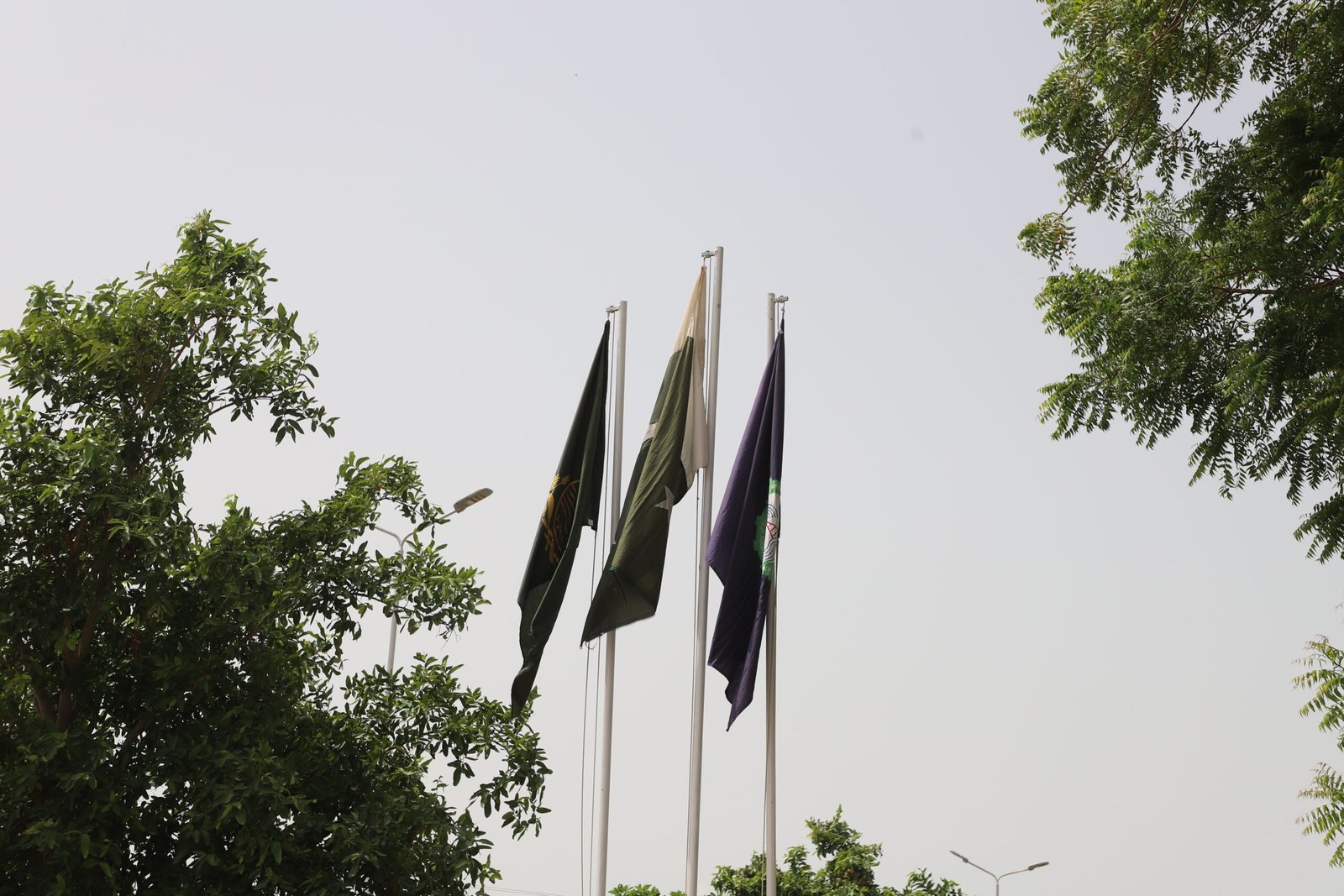Nestled in the southwestern region of Punjab, Pakistan, Rajanpur is a district with a rich and fascinating history. Its unique location near the confluence of the Sulaiman Mountains and the fertile plains of the Indus River has long made it a bridge between diverse cultures, traditions, and peoples. Today, Rajanpur stands as a testament to centuries of cultural amalgamation and resilience.
Historical Background
Rajanpur was founded in the 18th century and named after Makhdoom Sheikh Rajan Shah, a revered figure whose legacy is intertwined with the district’s cultural and spiritual heritage. Initially a small settlement, Rajanpur grew in prominence due to its strategic position along ancient trade routes that connected South Asia to Central Asia and beyond. This position made it a natural hub for traders, travelers, and conquerors, each leaving a lasting impact on the region’s culture and way of life.
The Influence of the Indus River
The Indus River, one of the longest rivers in Asia, has played a crucial role in shaping Rajanpur’s history. The fertile plains created by its annual flooding allowed agriculture to flourish, sustaining communities for generations. This agricultural bounty contributed to Rajanpur’s historical prosperity, with crops like cotton, wheat, and sugarcane still central to the region’s economy today.
Rajanpur and the Sulaiman Mountains
The rugged Sulaiman Mountains add a unique charm to Rajanpur’s landscape and have long been home to various tribes, including the Baloch and Saraiki communities. These tribes have maintained a distinct cultural identity, contributing to the district’s diverse social fabric. The mountains not only serve as a natural boundary but have also played a strategic role in the defense of the region throughout history, particularly during conflicts in the British colonial era.
Cultural Heritage
Rajanpur is a melting pot of cultural influences, combining Punjabi, Saraiki, and Baloch traditions. This diversity is evident in the local language, dress, music, and festivals. For instance, the Saraiki language, known for its lyrical beauty, is widely spoken here, while Balochi music and dance bring color to local festivities.
Religious festivals, particularly the Urs celebrations in honor of Sufi saints, draw visitors from across the region. These events, marked by traditional music, poetry, and communal feasts, reflect Rajanpur’s strong spiritual heritage and the deep respect for Sufi traditions in the area.
Modern Rajanpur
While Rajanpur has maintained its historical and cultural roots, it faces modern challenges. As a primarily rural district, it grapples with issues like infrastructure development, education, and healthcare access. However, the resilience of its people is evident in the ongoing efforts to improve local facilities, promote education, and ensure sustainable growth.
Conclusion
Rajanpur is much more than a district on the map; it is a testament to the enduring spirit of its people and the beauty of Pakistan’s diverse cultural heritage. For travelers, historians, and those with a love for culture, Rajanpur offers a unique glimpse into the past and a vibrant present that celebrates its rich history.


Leave a Reply